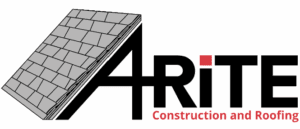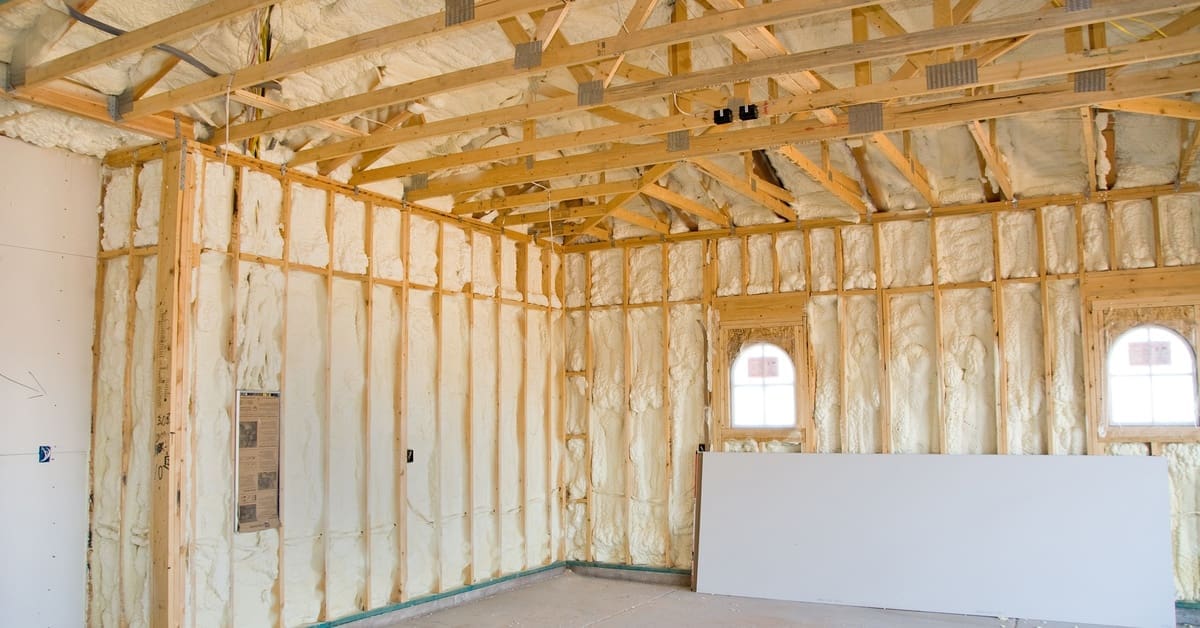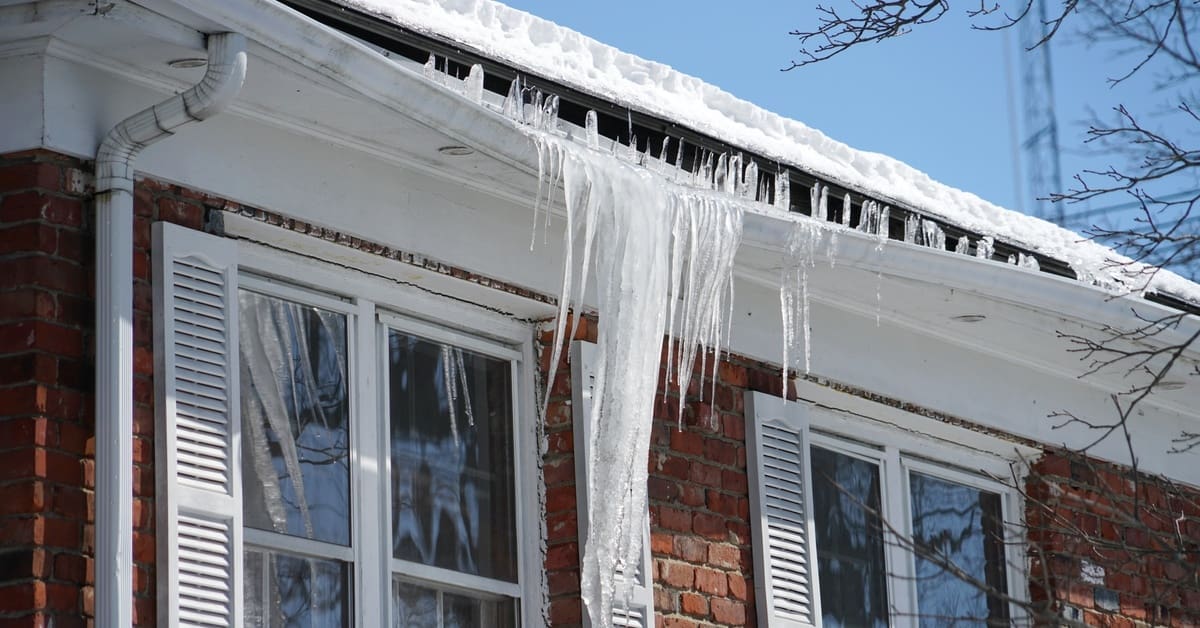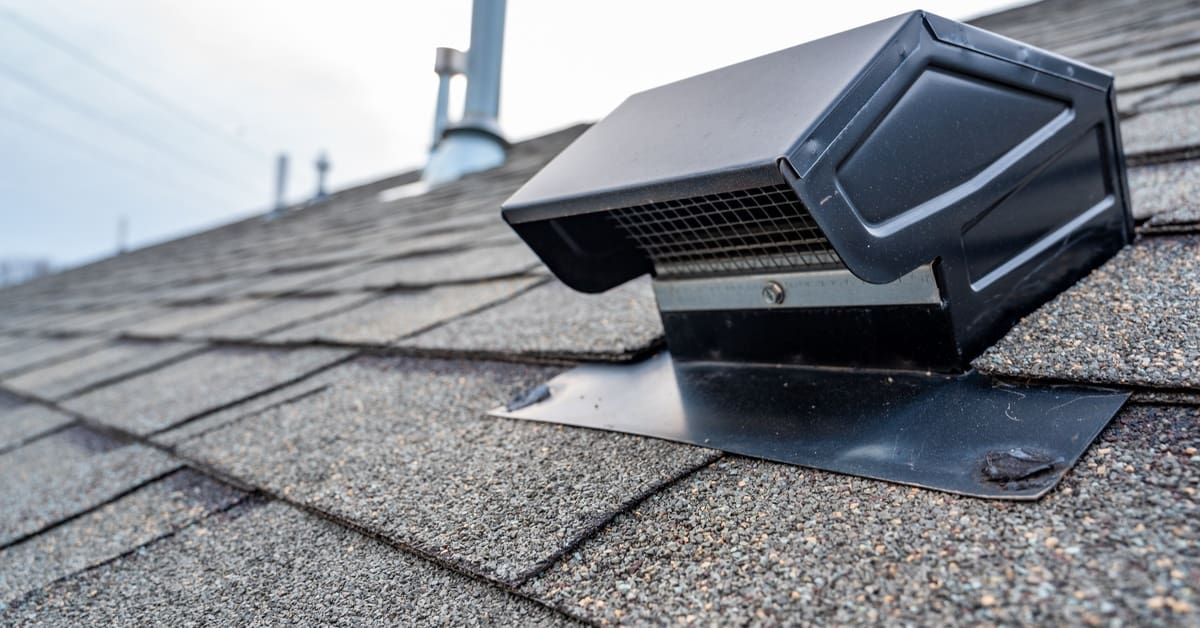Open-concept homes have been trending in modern architecture for their spaciousness, versatility, and aesthetic appeal. However, despite their charm, these open spaces come with unique challenges that homeowners often overlook.
Among these, proper insulation is one of the most important factors in maintaining comfort, energy efficiency, and functionality. Learn why insulation is vital for open-concept homes and how to make your home more comfortable and energy-efficient.
Introduction to Open-Concept Living
Open-concept homes have wide, flowing spaces with minimal interior walls. Instead of compartmentalized rooms, these homes feature multifunctional living spaces that blend kitchens, dining rooms, and living areas seamlessly. The appeal lies in their modern aesthetic, better natural light distribution, and the sense of freedom they offer.
This trend continues growing in popularity, especially among homeowners looking to create homes that feel connected and accommodating. However, these benefits come with practical considerations, especially regarding insulation.
The Unique Challenges of Open-Concept Designs
Unlike traditional homes with distinct rooms, open-concept layouts lack physical barriers. While this improves flow and visibility, it leads to energy management challenges. Heating and cooling become less efficient as treated air moves freely across expansive areas.
Additionally, the open nature of these spaces makes them more susceptible to temperature fluctuations, sound reverberations, and drafts. These issues negatively impact daily living without proper insulation.
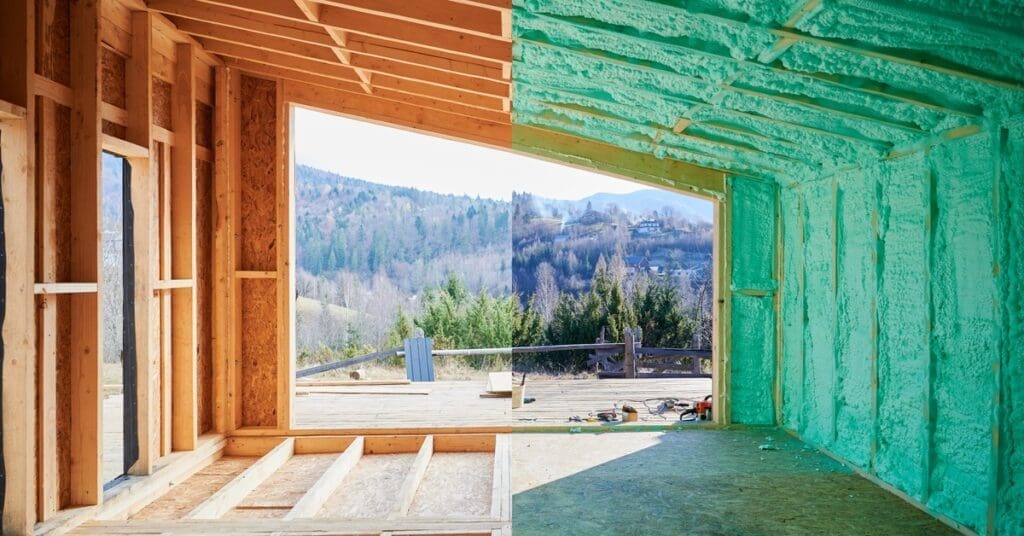
The Importance of Insulation in Modern Homes
Insulation is one of the most common features of a functioning home and makes a building’s interior feel comfortable. It creates a barrier that reduces heat transfer, maintaining consistent indoor temperatures regardless of external weather conditions.
Insulation is particularly important for open-concept homes because the lack of walls demands solutions that account for the increased surface area. Effective insulation ensures that your home maintains a stable temperature, reduces energy consumption, and limits noise exposure, making it a foundational feature for any well-designed modern home.
Energy Efficiency in Open-Concept Homes
Open spaces mean larger areas for HVAC systems to cover, leading to increased energy demands. Proper insulation counteracts this by trapping conditioned air where it’s needed most. High-quality insulation reduces reliance on HVAC systems, leading to savings on energy bills and less strain on the environment.
Additionally, insulation prevents air leaks that wreak havoc on utility costs. When installed effectively by A-Rite Roofing and Construction’s insulation contractors in Wausau, WI, insulation keeps warm air inside during winter and cool air inside during the summer. This ensures year-round comfort. Even in the spaciousness of an open-concept home, high-quality insulation keeps air inside the space, making the entirety of it feel cozy yet modern.
Noise Control in Large, Open Spaces
One of the most common issues in open-concept homes is sound control. With few barriers to absorb noise, sound waves travel freely, creating echoes and amplifying disturbances. This is especially problematic in busy households or when entertaining guests.
Insulation doubles as a soundproofing solution. Materials like spray foam or mineral wool are effective temperature regulators that mitigate unwanted noise, creating a peaceful and livable space.
Enhancing Comfort for Everyday Living
Homeowners may notice hot or cold zones in their homes without proper insulation. Poor insulation may impact indoor air quality, leading to discomfort or potential health issues.
High-quality insulation eliminates drafts and ensures that every corner of the home is comfortable. Furthermore, it improves air quality by sealing gaps that might allow pollutants and allergens to enter.
Types of Insulation Best Suited for Open-Concept Homes
When planning insulation for an open-concept home, selecting the right materials is key. Some of the most effective insulation options include the following.
Spray Foam
Spray foam is ideal for sealing gaps and providing excellent thermal resistance. The malleability of this insulation creates an air-tight seal, making it a great option throughout the year.
Fiberglass
Fiberglass is a cost-effective option with good insulation properties. It is a must-have for noise reduction as its thick, cushioned texture absorbs sound. Its durability also provides longevity in home design.
Blown-In Cellulose
Blown-in cellulose is perfect for retrofitting older homes. Like spray foam, this insulation is a great choice for filling in gaps and cracks. The reduction in air pockets also prevents sound from entering.
Rigid Foam Boards
Rigid foam boards work best for specific applications like ceilings or exterior walls. The foam is moisture resistant, preventing mold growth during the spring and later stages of summer.
Each material has unique benefits. The insulation you choose will vary in effectiveness and installation method, so it’s essential to select the right one based on your home’s needs and design. Consulting one of our professionals makes this decision seamless and effective.
Key Areas To Focus on When Insulating Open Spaces
Every inch of an open-concept home matters regarding insulation, but certain areas demand extra attention. Walls, floors, and ceilings must be well-insulated to control temperature fluctuations and prevent energy loss.
Shared spaces like kitchens and living areas, which often form the center of an open-concept design, benefit greatly from strategic insulation to ensure consistent comfort. Additionally, insulating around windows and doors is essential to prevent drafts, particularly during the windy transition from winter to spring.
How To Identify Poor Insulation in an Open-Concept Home
Identifying inadequate insulation in an open-concept home is critical to maintaining comfort and efficiency. Common signs include inconsistent indoor temperatures, drafts, high energy bills, and difficulty maintaining heating or cooling.
You might also notice noise issues, such as echoes or sound traveling too easily. Thermal imaging tools and expert assessments pinpoint areas where insulation is lacking or has degraded over time, highlighting where improvements are needed.
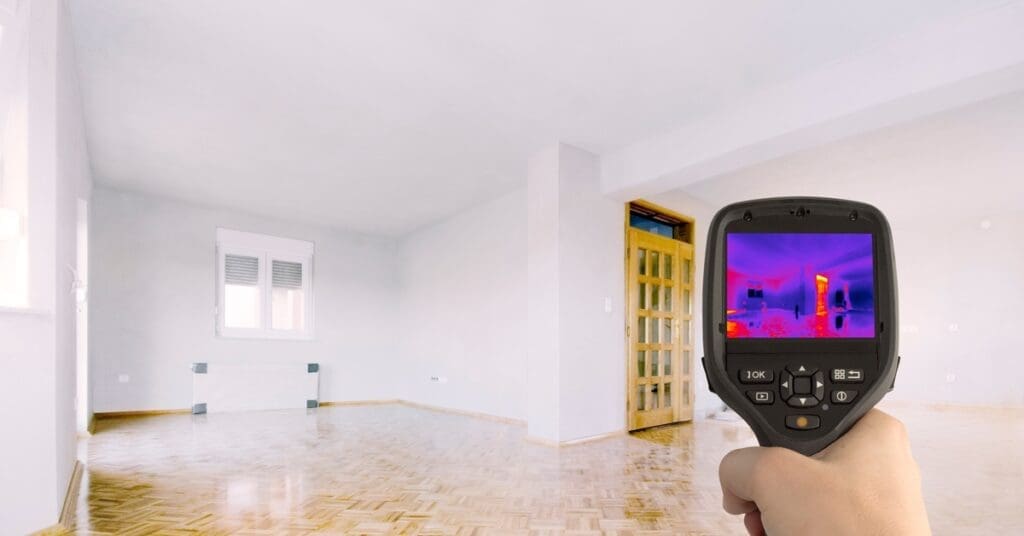
Upgrading Insulation in Older Open-Concept Homes
Retrofitting insulation into older homes may be challenging, but it’s worthwhile. Outdated or poorly installed insulation leads to unnecessary energy loss. Replacing it with modern solutions like spray foam or cellulose drastically improves energy efficiency and comfort.
Proper insulation starts with a thoughtful plan. Collaborate with professionals to identify gaps, discuss materials, and develop an installation strategy. While DIY installation saves costs, hiring experts ensures long-term efficiency and effectiveness, especially for larger spaces.
Practical Tips for Homeowners
Improving insulation doesn’t have to break the bank. Try these budget-friendly tips:
- Use weatherstripping to seal gaps around windows and doors.
- Insulate your attic to minimize temperature loss.
- Install energy-efficient windows and appliances for greater savings.
Combine these solutions with the benefits of your insulation to create a strong defense against irregular temperatures. Small changes result in significant improvements.
Proper insulation is an important part of an open-concept home. It’s an investment in comfort, efficiency, and sustainability. Address the unique challenges of open-concept homes to create a living space that’s functional and energy-efficient.
If you’re a homeowner in Wausau, WI ready to tackle insulation upgrades, consult our professionals today. The return in savings, comfort, and peace of mind are well worth it.

